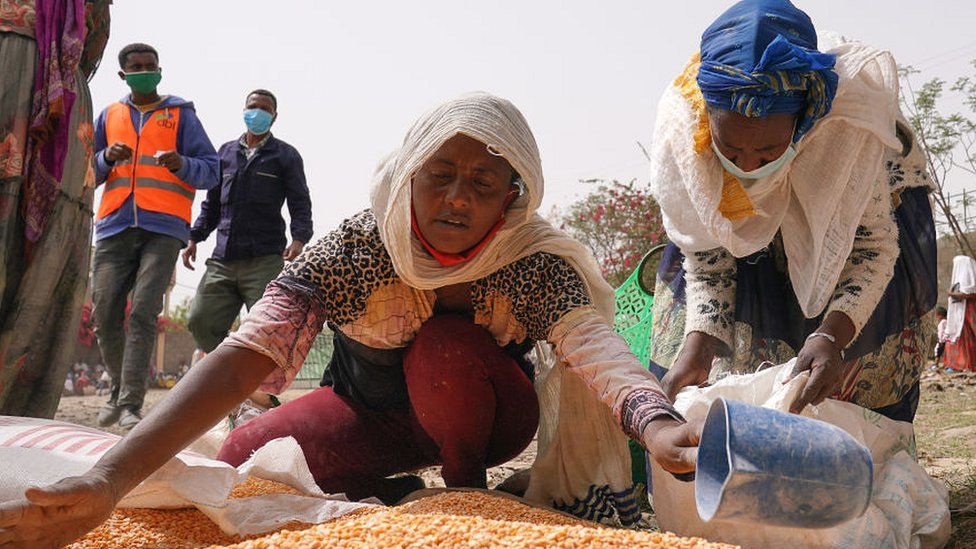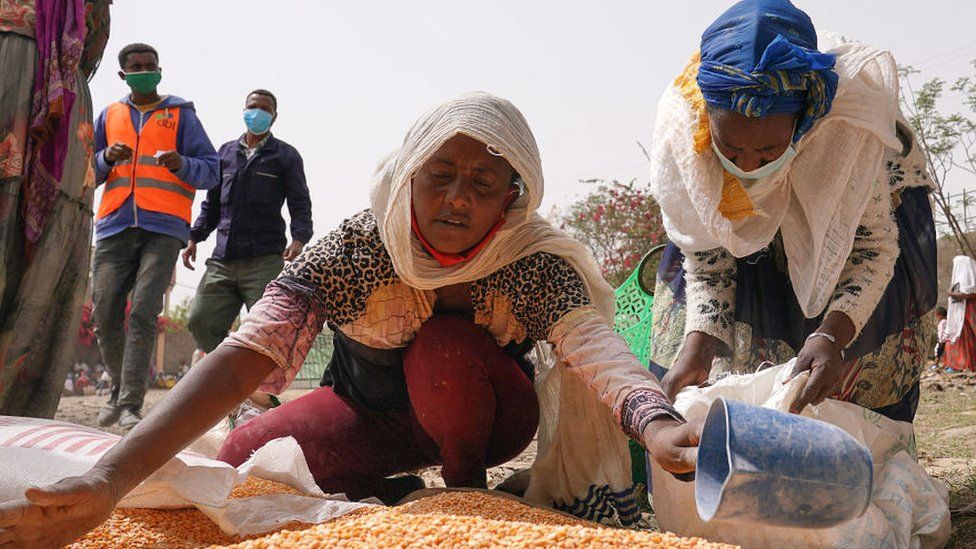
UNITED NATIONS, Jan 6 (NNN-Xinhua) — Aid delivery in northern Ethiopia has markedly improved while some areas remain hard to reach, a UN spokesman said.
Since the cessation of hostilities in mid-November, food has been distributed to more than 2.2 million people. However, some areas are challenging to reach, including some border areas in the north and some off the main roads, said Stephane Dujarric, the chief spokesman for UN Secretary-General Antonio Guterres.
He said the UN Office for the Coordination of Humanitarian Affairs (OCHA) reported that between November and the end of December, more than 3,000 trucks carrying food, as well as health, shelter, water and other supplies, have been brought into the region through four road corridors. Some health and nutrition supplies were sent by air.
OCHA warns that malnutrition rates remain alarming. One-third of children screened in late December were acutely malnourished, and 4 percent were severely malnourished, said Dujarric.
Ethiopian Airlines resumed passenger flights to Mekelle and Shire in the Tigray region, the spokesman said. Also, the first bank resumed some operations in Mekelle, the capital city of Tigray, on Monday, with some others re-opening in other parts of Tigray in December.
The telecommunications and electricity supply have also been restored. However, full banking services, public transportation and the delivery of commercial supplies have not yet resumed, he said.
Dujarric said that humanitarian needs remain high in parts of the neighboring regions of Afar and Amhara, also impacted by the conflict in Tigray. Distribution of food and other assistance continues, although gaps remain, including in areas where people are returning to their homes.
He added that in eastern and southern parts of Ethiopia, communities continue to suffer from the devastating drought affecting the Horn of Africa. Nearly 12 million people are estimated to be food insecure, and more than 8 million people need water, sanitation and hygiene assistance. An active cholera outbreak also continues in parts of Ethiopia’s Oromia and Somali regions.
The spokesman said the humanitarian response is scaling up in drought-affected areas where more resources are needed. — NNN-XINHUA






